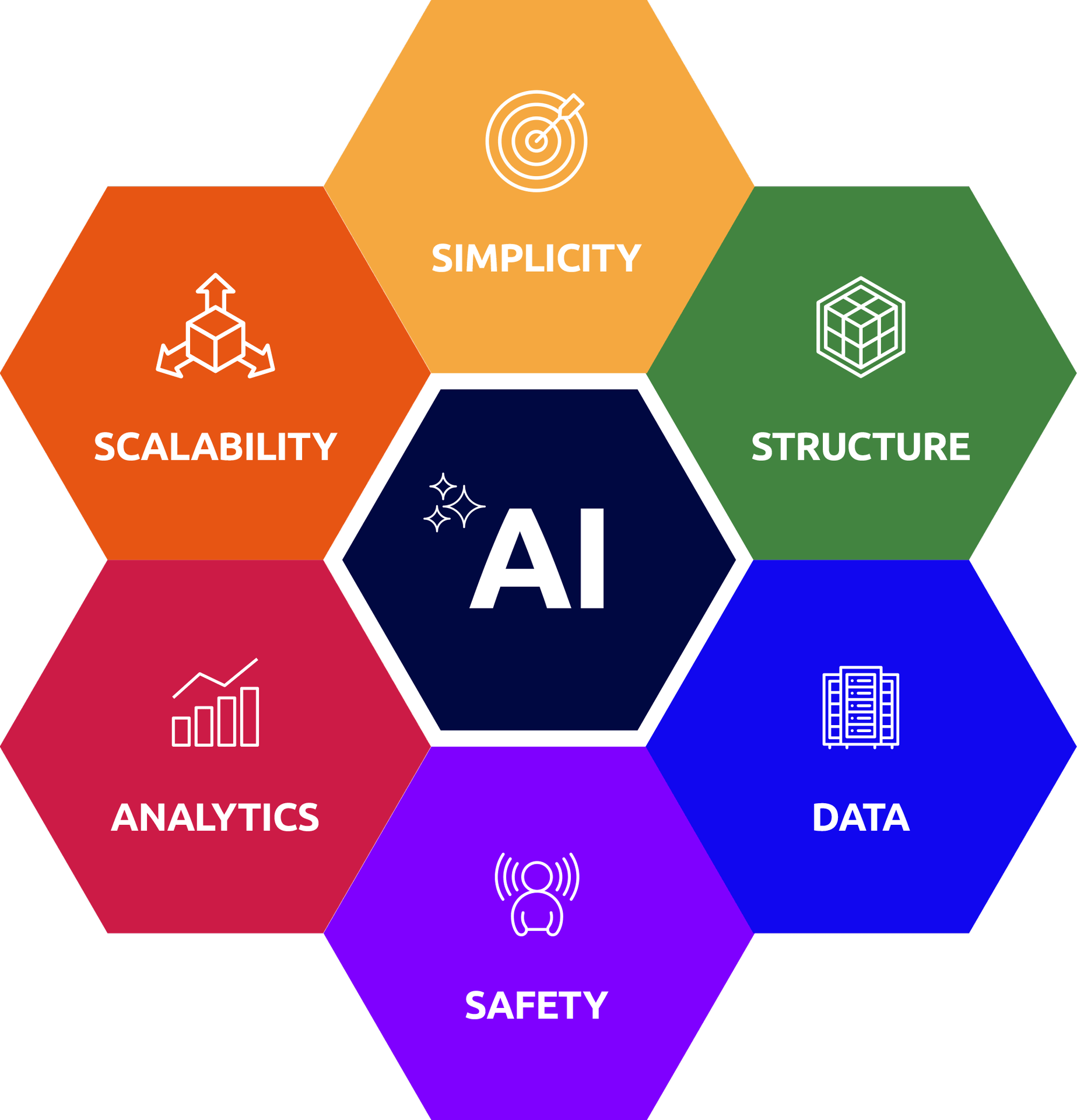
Appian's been around since 1999, so they've survived multiple hype cycles while actually building something useful. Think of it as enterprise workflow software that doesn't completely suck - it's designed for companies that need complex business processes but don't want to code everything from scratch.
The current version is 25.3 (as of September 2025), and thank fuck they finally got their shit together compared to the absolute nightmare that was version 24.2. That version had memory leaks that would eat 16GB of RAM in 6 hours flat - I spent way too many weekends SSH'ing into production boxes at 3AM just to restart JBoss servers because some genius thought it was fine to ship with unpatched garbage collection issues.
What Appian Actually Does

Workflow Management: You drag and drop boxes to create business processes. Sounds simple until you realize your "simple" approval workflow needs to handle 47 different edge cases, compliance checks, and the fact that Karen from accounting is always out sick when invoices need approval.
Integration Hell Solver: This is where Appian actually shines, when it fucking works. Instead of spending 6 months building custom APIs to connect your SAP system to Salesforce to that ancient Oracle 9i database that nobody wants to touch, Appian has connectors that usually work. The keyword is "usually" - I spent 3 weeks discovering the SAP connector only works if the server timezone is exactly UTC-5 and the SAP user account has SUPER authorization profile (not documented anywhere, naturally). Then I spent another week figuring out why it worked fine in dev but threw "RFC_ERROR_SYSTEM_FAILURE" in production - turns out their connection pooling is garbage and times out after exactly 47 seconds. Plan for at least 2 weeks of debugging integration nightmares, and that's if you're lucky.
Document Processing: Their IDP (Intelligent Document Processing) can extract data from PDFs and forms. Works great on clean, typed documents, completely shits the bed on that coffee-stained handwritten invoice your sales rep photographed with their iPhone 6 at a weird angle. You'll spend more time training the AI than actually processing documents.
Mobile Apps: Generates mobile apps automatically, which is actually pretty cool. The UX won't win any design awards, but it gets the job done for field workers who just need to update records and take photos.
The Learning Curve Reality
Here's what they don't tell you: the learning curve is brutal. Plan for 3 months before your team stops breaking shit, not the "8 weeks to first process" bullshit they promise in demos.
The platform is powerful but complex. Your business analysts will love the drag-and-drop interface until they build a workflow that crashes production because they didn't handle null values properly - then suddenly it's IT's problem to fix at 2AM on a Saturday. I spent 72 hours debugging why forms crashed on names with apostrophes (hint: their string validation doesn't handle Unicode properly and O'Brien breaks everything). Your developers will be frustrated because they can build the same functionality in Django in half the time, but then they'd have to maintain it forever and field angry phone calls when it inevitably breaks. At least with Appian, when something goes wrong you can blame the vendor.
Pricing Reality Check

Appian pricing starts at "contact sales" which translates to "bend over and prepare to get fucked." Based on real deployments I've been unfortunate enough to be part of:
- Standard tier: $150-200 per user per month (if you negotiate hard and threaten to walk away twice)
- Advanced tier: $250-300 per user per month (what most people actually end up paying)
- Premium tier: $400+ per user per month (they'll push this hard because "your use case requires enterprise features")
And that's before you factor in implementation costs, training, consultant fees, and the inevitable scope creep when the business realizes they need 15 more integrations. A typical enterprise deployment runs $500K-2M+ annually once you're done bleeding money. We ended up spending... fuck, I think it was around $1.3M just for the first year? Maybe closer to $1.8M when you include the Oracle connector licenses and the army of consultants we had to hire because their documentation is garbage. Either way, way over the original $400K budget that got approved.
Who Actually Uses This Shit

Appian dominates in heavily regulated industries - financial services, insurance, government agencies - because compliance is built into the platform. These organizations need audit trails, approval workflows, and the ability to prove to regulators that their processes are followed consistently.
Look, the platform makes sense if you:
- Have complex, multi-step business processes
- Need serious compliance and audit capabilities
- Can afford enterprise pricing
- Have patience for 6-month implementation timelines
It doesn't make sense if you:
- Just need simple forms and basic workflows (use Google Forms)
- Want quick wins (this takes time)
- Have a small budget (seriously, this is expensive)
- Hate vendor lock-in (you're married to Appian once you build on it)


